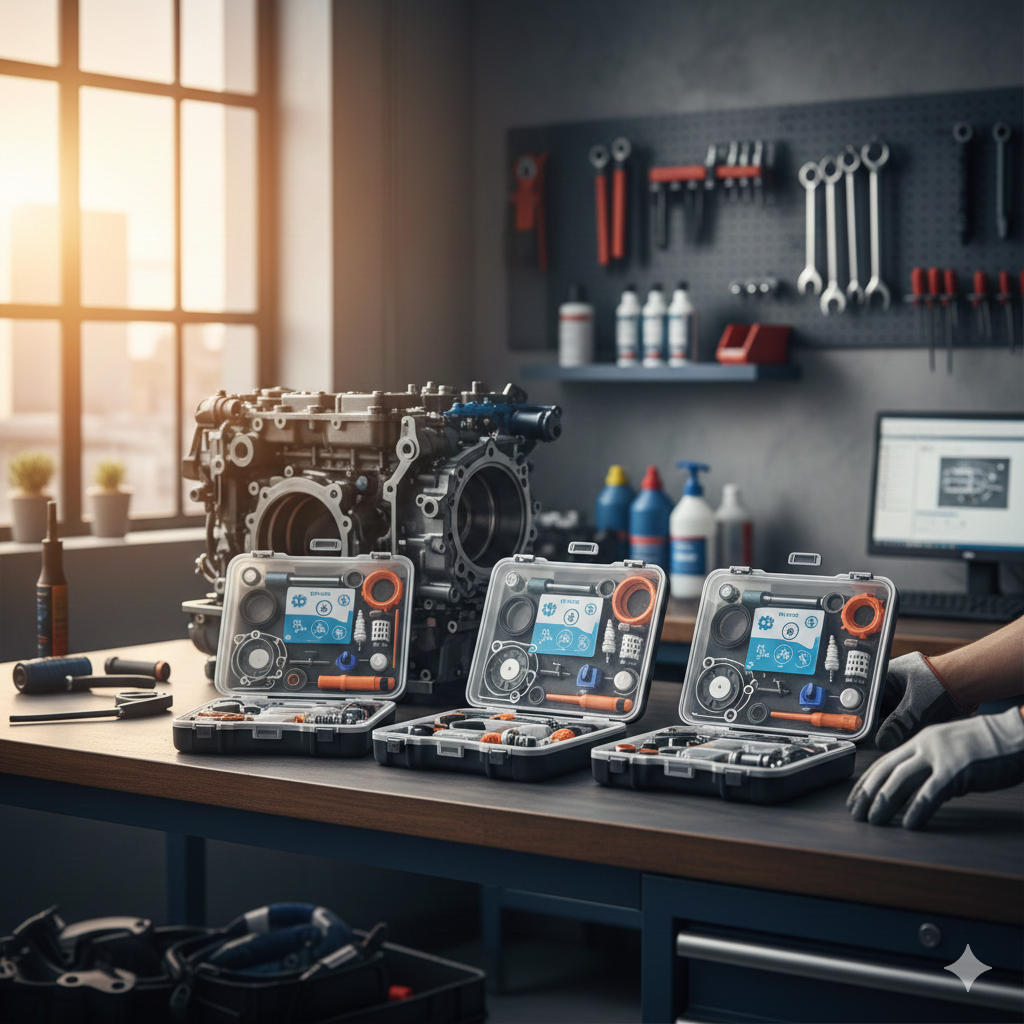Understanding the Growth and Dynamics of the Europe CNC Machine Market
The European CNC (Computer Numerical Control) machine market stands as a pillar of modern industrial advancement, reflecting the continent’s technological edge, strong manufacturing base, and steady demand for precision engineering. From automotive and aerospace sectors to electronics and medical equipment manufacturing, CNC machines play a pivotal role in streamlining production, enhancing product quality, and reducing operational inefficiencies. As of 2025, the European CNC market continues to evolve, driven by trends in automation, digital transformation, sustainability goals, and reshoring of manufacturing.
Market Overview
CNC machines, which include lathes, milling machines, laser cutting systems, and 3D printing CNCs, are controlled by computer programs that automate complex manufacturing processes. This not only improves accuracy but also reduces human error, waste, and downtime. Europe, with its robust engineering heritage, has long been a leader in CNC technology development and adoption.
Countries such as Germany, Italy, Switzerland, and France represent the largest markets, owing to their strong industrial base and high investment in precision engineering. Germany alone accounts for a significant share of Europe’s CNC machine market, largely due to its dominance in automotive and mechanical engineering.
Key Market Drivers
1. Industrial Automation and Industry 4.0
One of the most powerful drivers of CNC machine adoption in Europe is the widespread integration of Industry 4.0 technologies. As factories become smarter and more interconnected, CNC machines are evolving into intelligent systems capable of real-time data communication, predictive maintenance, and integration with ERP and MES systems. This transformation enables manufacturers to monitor processes remotely, reduce unplanned downtimes, and optimize production lines with minimal human intervention.
The push toward digital manufacturing has also fueled the demand for CNC machines equipped with advanced software, IoT sensors, and AI capabilities. These features improve adaptability and customization, meeting the growing consumer demand for highly individualized products.
2. Growing Demand in Aerospace and Automotive Sectors
Europe’s aerospace industry, centered in countries like France and Germany, requires ultra-precise components that CNC machines are well-suited to produce. The resurgence in air travel post-pandemic, combined with rising investments in electric and hybrid aviation, has renewed interest in high-performance CNC machinery.
Similarly, the automotive sector’s shift toward electric vehicles (EVs) and lighter materials is transforming machining needs. CNC machines that can process advanced composites, aluminum alloys, and high-strength steels are in high demand. With companies like Volkswagen, BMW, and Renault investing heavily in EV platforms, demand for flexible and adaptive CNC systems has surged.
3. Reshoring and Supply Chain Localization
The disruptions caused by the COVID-19 pandemic and geopolitical tensions (such as the Russia-Ukraine war) have prompted many European manufacturers to rethink their supply chains. There is a growing trend toward reshoring—bringing manufacturing operations back to Europe to reduce dependency on distant suppliers.
As a result, local facilities are being upgraded or newly established, creating new opportunities for CNC machine suppliers. The demand is particularly strong for compact, energy-efficient machines that can be installed in smaller or retrofitted facilities.
4. Skilled Labor Shortage and Automation
Europe faces a growing shortage of skilled machinists and manufacturing workers due to an aging population and declining interest in traditional trades. This shortage makes the case for automated CNC systems even stronger, as they reduce the need for manual intervention. Furthermore, training programs are increasingly focused on CNC programming and robotic integration, aligning workforce development with market needs.
Key Segments and Applications
The CNC machine market in Europe can be segmented by product type, end-use industry, and axis configuration.
Product Type:
- CNC Lathe Machines: Widely used in mass production of precision parts.
- CNC Milling Machines: Favored for their versatility across industries.
- Laser CNC Machines: Gaining popularity for non-contact, high-speed cutting.
- Plasma and EDM Machines: Employed for hard materials and niche applications.
Industry Verticals:
- Automotive
- Aerospace & Defense
- Industrial Machinery
- Electronics
- Medical Devices
The medical sector, in particular, is emerging as a promising area due to the increasing demand for precise, small-scale components such as implants, surgical tools, and diagnostic equipment. The integration of 5-axis and 6-axis CNC machines allows for the intricate geometries and tight tolerances required in these applications.
Technological Trends
1. Hybrid CNC Machines
The rise of hybrid machines, which combine additive and subtractive manufacturing, is noteworthy. These machines can 3D print a part and then finish it using traditional CNC processes. This hybrid capability is particularly useful for rapid prototyping and the production of complex parts with internal geometries.
2. Sustainable Manufacturing
With the European Union’s Green Deal and net-zero targets, energy efficiency has become a focal point. Modern CNC machines are being designed with regenerative braking systems, lower power consumption, and improved coolant management to reduce environmental impact. Additionally, digital twin technologies are enabling simulation-based optimization to minimize waste before the first cut is made.
3. Cloud-Based CNC Programming
Remote programming and monitoring through cloud-based platforms are gaining traction. Manufacturers can now manage multiple CNC machines across locations using centralized dashboards. This supports better resource allocation, preventive maintenance, and real-time productivity analytics.
Challenges
Despite robust growth, the CNC machine market in Europe also faces several challenges:
- High Initial Investment: Advanced CNC systems are capital-intensive, which can be a hurdle for SMEs.
- Integration Complexity: Adapting older production lines to new digital CNC systems can be technically demanding and costly.
- Cybersecurity Risks: With increased connectivity comes higher vulnerability to cyber-attacks, particularly in sectors like defense and aerospace.
Competitive Landscape
Europe hosts a mix of global CNC giants and specialized regional players. Companies like DMG Mori, EMAG, Chiron Group, and Gildemeister dominate the market with strong portfolios, while innovative start-ups and niche players continue to emerge with compact, flexible, and sustainable solutions.
Collaborations between machine manufacturers, software developers, and research institutions also contribute significantly to innovation, often supported by EU funding.
Future Outlook
The European CNC machine market is expected to maintain a steady growth trajectory over the next decade, underpinned by smart manufacturing, sustainability, and technological innovation. As digital twins, AI, and robotics continue to merge with CNC systems, the market will witness a transformation from traditional machinery to intelligent, adaptive production platforms.
Lawn and Garden Equipment Market





